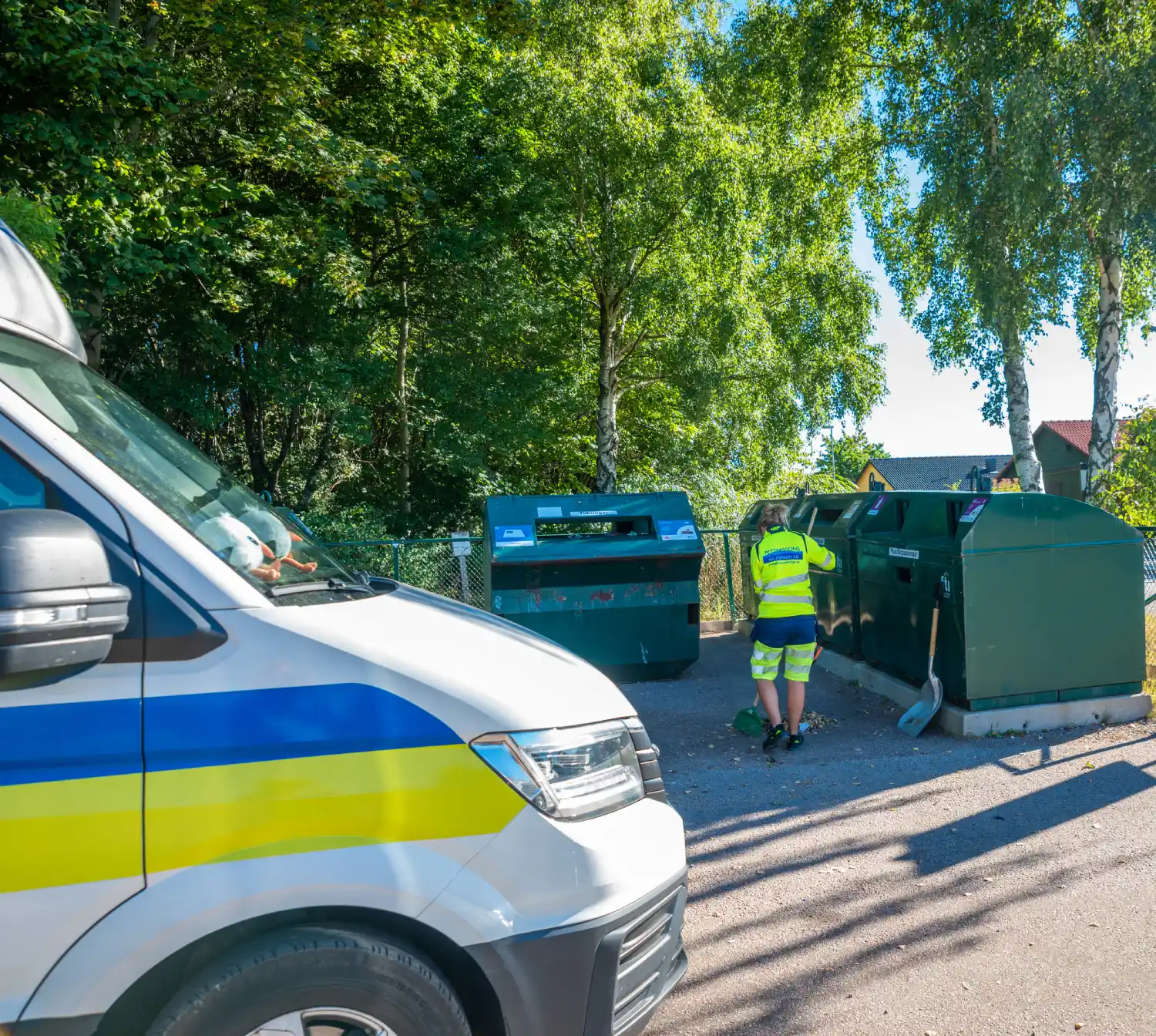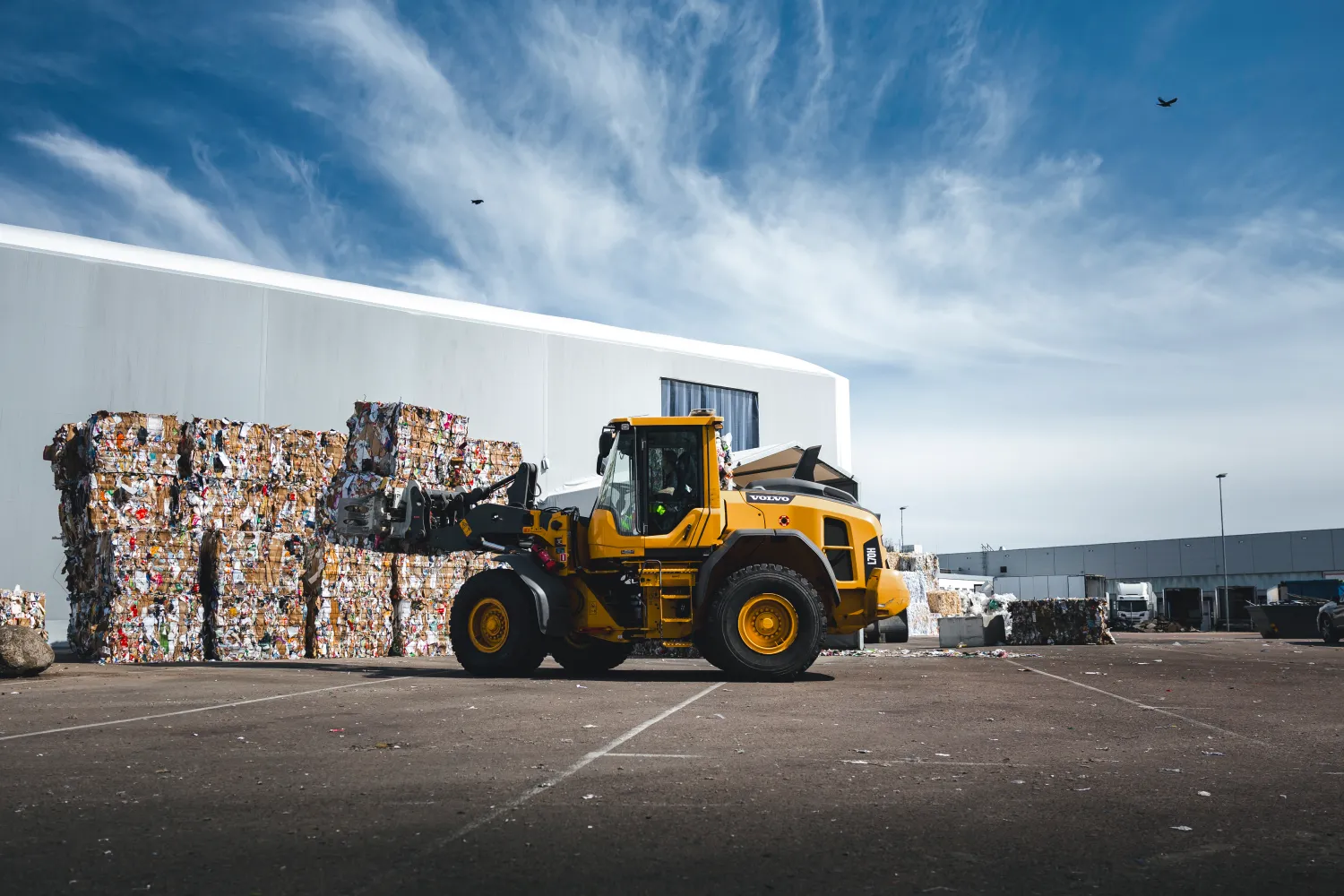The Integral Link Between Recycling Stations and Waste Reduction
The Integral Link Between Recycling Stations and Waste Reduction
Blog Article
Sweden is widely known as a global head in sustainable living and recycling. With a recycling charge of more than 99, the nation has collection an ambitious common for spend management. But, reaching such success is not any small feat. Arranging recycling initiatives across Sweden's 290 municipal areas requires complex coordination, sophisticated systems, and neighborhood participation. This information takes a deeper search at how Sweden has efficiently structured its municipal Recycling (Återvinning) systems and the main element data underpinning its achievements.
The Role of Municipalities in Recycling
Sweden's decentralized waste administration program places an important amount of responsibility on municipal authorities. Each municipality is assigned with planning, obtaining, and losing family spend, ensuring it complies with national recycling laws. Municipalities perform in coordination with national agencies to meet up sustainability goals and provide cost-efficient spend administration solutions.

Recent information reveals that around 50% of household waste in Sweden is recycled, while the others is utilized for energy recovery through incineration. Among the greatest challenges municipalities face is making recycling available and easy for people across downtown, suburban, and rural areas. To handle that, municipalities identify well-distributed recycling stores, present curbside collection programs, and present drop-off details for unique waste types, such as for instance report, metals, materials, and hazardous materials.
Sophisticated Systems Driving Recycling Effectiveness
Engineering plays an essential role in facilitating Sweden's municipal recycling efforts. Data from spend management reports highlights an raising use of AI-powered waste selecting features, which streamline the method of splitting up recyclable materials from general waste. Computerized programs at recycling stores recognize components like glass, plastic, and metal with remarkable accuracy, reducing manual labor and increasing the overall recycling rate.
Moreover, municipalities are employing clever bins designed with receptors that monitor waste levels. These bins allow for more effective selection schedules, reducing energy consumption and carbon emissions associated with spend transportation.
Community Diamond and Awareness
Statistics reveal that around 85% of Swedes positively participate in recycling initiatives, attributing that amount of engagement to successful community outreach and knowledge initiatives. Municipalities conduct regular recognition campaigns to see people about recycling guidelines, while colleges incorporate environmental training to their curriculum to foster eco-conscious behaviors from the small age.

Notably, nearly 60% of citizens report that easy usage of recycling programs inspires them to recycle consistently. Municipalities keep on to focus on convenience and user-friendly infrastructure to maintain and increase public participation.
A Design Price Replicating
Sweden's structured recycling attempts show how municipalities, technologies, and community action may interact to achieve extraordinary results. By ensuring availability, fostering public engagement, and leveraging scientific advancements, Sweden has generated a blueprint for sustainable waste management that other places will look to for inspiration. Report this page